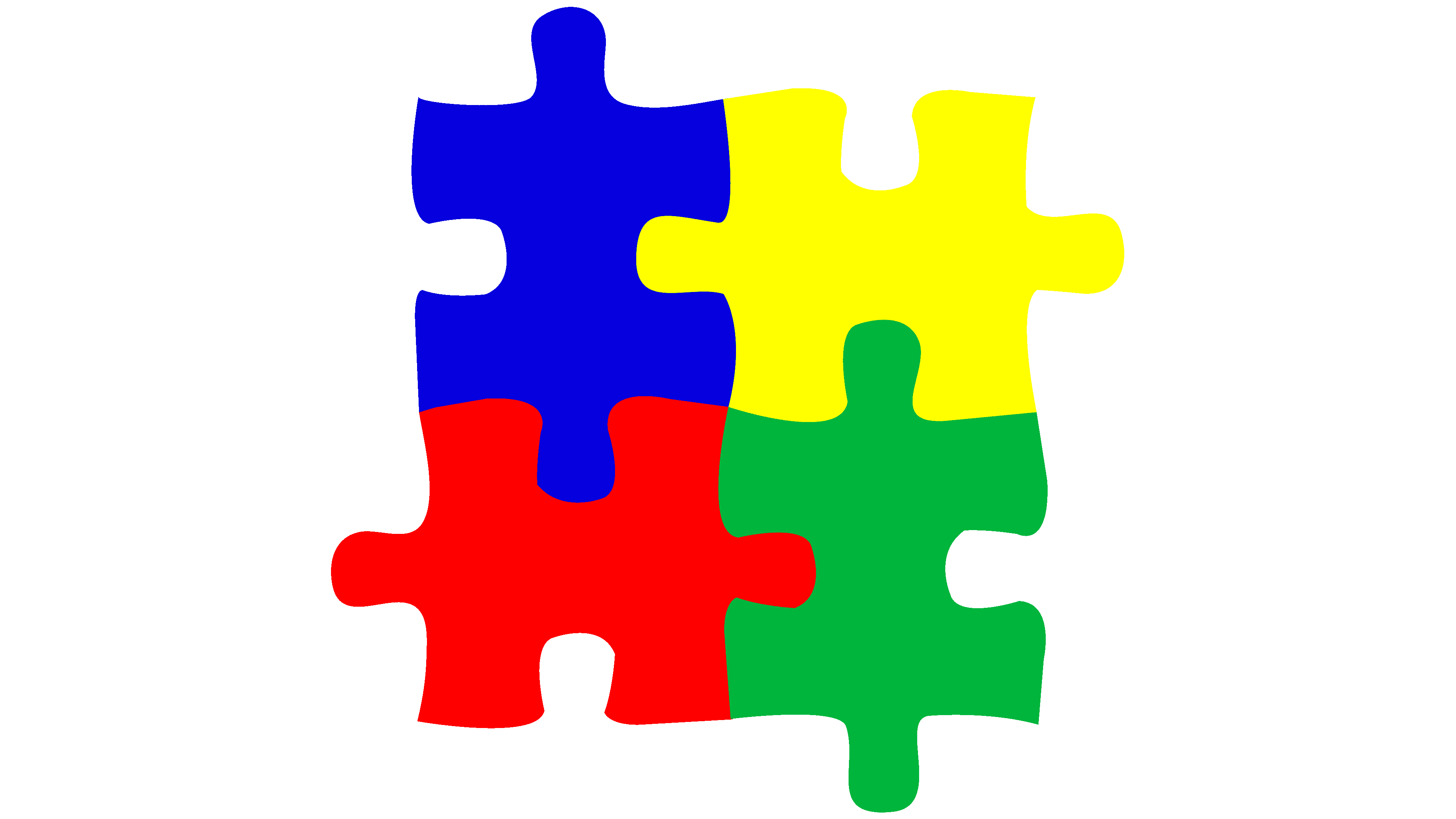The Influence of Very Early Intervention on Children with Autism: What Moms And Dads Need to Know
The Influence of Very Early Intervention on Children with Autism: What Moms And Dads Need to Know
Blog Article
Comprehending Autism: A Comprehensive Guide to Indicators and Signs
Autism Spectrum Problem (ASD) encompasses a broad range of qualities that can significantly influence a person's social communications and day-to-day functioning. Recognizing the symptoms and signs, such as obstacles with eye call, social interaction problems, and sensory level of sensitivities, is vital for very early intervention. Understanding these nuances not just help caretakers and educators in offering proper support but also cultivates a more inclusive setting for individuals with ASD. As we discover the complexities of autism, it comes to be vital to take into consideration how these indications show up in different ways throughout the spectrum and what ramifications they hold for effective treatment techniques.
Summary of Autism Spectrum Disorder
Specifying Autism Spectrum Problem (ASD) involves identifying it as a complicated neurodevelopmental condition characterized by a variety of challenges in social interaction, interaction, and behavioral patterns. The term "spectrum" shows the broad variability in symptoms and their intensity, which can vary significantly from one individual to one more. ASD usually materializes in very early youth, although some individuals might not receive a medical diagnosis till later in life.
Elements influencing the growth of ASD consist of environmental elements and hereditary tendencies, although the specific causes remain under investigation. Medical diagnosis often depends on behavioral assessments, as there are no clear-cut medical examinations for ASD. Early treatment is important and can considerably boost results, concentrating on boosting interaction abilities, social interactions, and flexible habits.
People with ASD might additionally display distinct strengths, such as remarkable interest to detail or specific locations of experience. Recognizing the diverse nature of ASD is necessary for fostering an inclusive environment that fits neurodiversity. Proceeded study is vital for creating effective interventions and support group, making it possible for individuals with ASD to thrive and fulfill their possible within society.
Typical Indications of Autism
Recognizing the usual signs of Autism Spectrum Disorder (ASD) is essential for early identification and intervention. These indications can vary widely in extent and presentation, but particular attributes are regularly observed in individuals with ASD.
One of one of the most common indications is a significant difficulty in developing and keeping eye get in touch with. Individuals may additionally exhibit limited rate of interest in social interactions and show a preference for singular play. Recurring actions, such as hand-flapping, rocking, or spinning items, often arise early in childhood years. Additionally, some youngsters may create rigorous regimens and come to be distressed if these routines are disrupted.
Sensory level of sensitivities are likewise typical; individuals might panic or underreact to sensory stimulations, such as noises, textures, or lights. autism. Language advancement can be irregular, with some kids showing delayed speech or making use of language in unusual means, including echolalia-- duplicating sentences or phrases listened to in other places
It is important to keep in mind that not every individual with ASD will show all these indications, and the level of these habits can differ dramatically. Early acknowledgment enables timely support and resources, enhancing the top quality of life for those on the spectrum.
Social Communication Difficulties
Social communication obstacles are a characteristic of Autism Range Problem (ASD), impacting an individual's ability to engage efficiently with others. These troubles can manifest in different means, including challenges in launching and preserving conversations, understanding social signs, and reacting properly in social communications.
Individuals with ASD might battle with nonverbal communication, such as eye contact, faces, and body language. This can lead to misunderstandings, as their communicative intent might not be correctly interpreted by others. Furthermore, they may locate it hard to realize the subtleties of tone and context, which are necessary for reliable interaction.
In team setups, individuals with ASD might feel overloaded and may not recognize just how to join in conversations (autism). They may additionally display atypical conversational patterns, such as monologuing concerning specific rate of interests without acknowledging social reciprocity
Additionally, these obstacles can lead to social seclusion or troubles in forming connections, as peers might misinterpret their behavior or communication design. Understanding these social communication difficulties is important additional resources for fostering helpful atmospheres that advertise social skills development and enhance the quality of communications for individuals on the autism spectrum.
Sensory Sensitivities and Feedbacks
Numerous people with Autism Range Problem (ASD) experience heightened sensory sensitivities that can dramatically impact their day-to-days live. These sensitivities might show up as over-responsiveness or under-responsiveness to sensory stimuli, including sounds, lights, textures, tastes, and scents. A person with ASD might discover everyday sounds, such as a vacuum cleanser or crowded environments, overwhelmingly distressing, leading to anxiousness or meltdowns. On the other hand, some might exhibit an indifference to pain or severe temperature levels, which can pose safety issues.
Sensory handling differences in individuals with ASD can likewise impact their capability to take part in regular tasks and social interactions. A kid that is delicate to touch might withstand physical affection or prevent certain clothing materials. A preference for certain textures or tastes can restrict dietary alternatives and produce obstacles throughout mealtimes.
Understanding these sensory sensitivities is necessary for acknowledging the special experiences of people with ASD. Recognition of their sensory accounts can foster better communication and support approaches, developing an atmosphere that accommodates their demands and improves their lifestyle. Ultimately, recognizing sensory level of sensitivities is a vital part of comprehending the wider spectrum of autism.

Sustaining People With Autism
Efficient support for people with Autism Range Problem (ASD) is critical for boosting their overall health and fostering independence. Support techniques ought to be tailored to satisfy the unique demands of each individual, considering their difficulties and toughness.

Social abilities training can also play a pivotal duty. autism. Engaging people in team activities or role-playing scenarios can improve their capacity to browse social communications. In addition, it is important to inform investigate this site member of the family, caregivers, and peers about ASD to foster a encouraging and comprehensive area
Final Thought
In verdict, an extensive understanding of Autism Spectrum Condition is crucial for acknowledging its symptoms and signs. Early recognition of common features, such as social communication difficulties and sensory level of sensitivities, allows caretakers and educators to execute reliable treatments. By cultivating enhanced communication and social skills, people with autism can browse their atmospheres much more successfully. Inevitably, raised recognition and support can significantly improve the lifestyle for those impacted by ASD.
Autism Spectrum Problem (ASD) includes a large range of qualities that can significantly affect a person's social communications and everyday performance.Individuals with ASD might struggle with nonverbal communication, such as eye get in touch with, facial expressions, and body language.Lots of people with Autism Spectrum Disorder (ASD) experience heightened sensory level of sensitivities that can significantly influence their daily lives.Sensory view it processing differences in individuals with ASD can likewise impact their capability to engage in social interactions and regular activities.Understanding these sensory level of sensitivities is crucial for identifying the distinct experiences of people with ASD.
Report this page